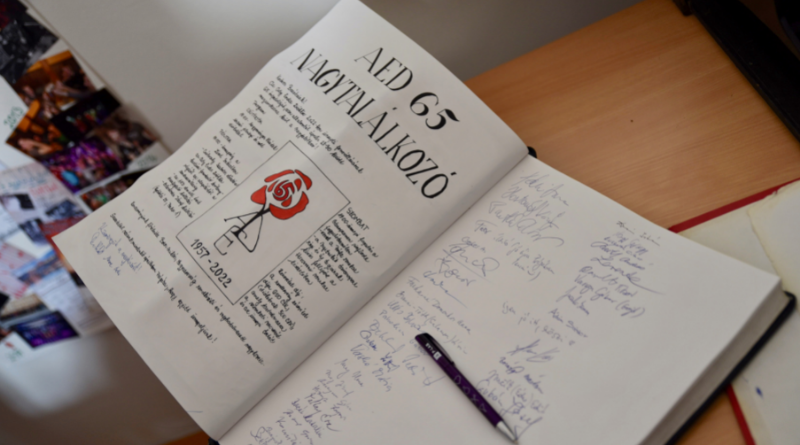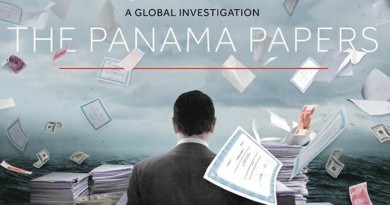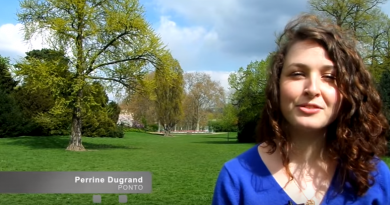Nostalgia trip to Prague – the 65th Grand Reunion of the Hungarian Ady Endre Student Circle
From the 28th to the 30th of April took place the Ady Endre Student Circle’s (AED) Grand Reunion. This three-day event brought together hundreds of Hungarian alumni who had previously studied in Prague. This year, the circle celebrated its 65th anniversary, which included a history lecture, an exhibition, a dance evening and of course, the well-known Prague atmosphere.
Founded in 1957, the Ady Endre Student Circle’s (AED) goal is to organise various cultural programmes and other leisure activities for Hungarian students and young workers living in Prague. Like the other members of the Student Network it is part of, AED organises its programmes primarily for Hungarians of the Highlands (southern Slovakia), with the aim of strengthening the students‘ sense of belonging and social life.
This year, the quinquennial Grand Reunion started on Thursday evening with a traditional ‘Hradek beer drinking’, a regular activity since the circle’s foundation. The Hradek pub is located near Prague Castle and is a typical Czech restaurant. This evening, only oddity that one could notice in this environment was the large number of Hungarian speakers.
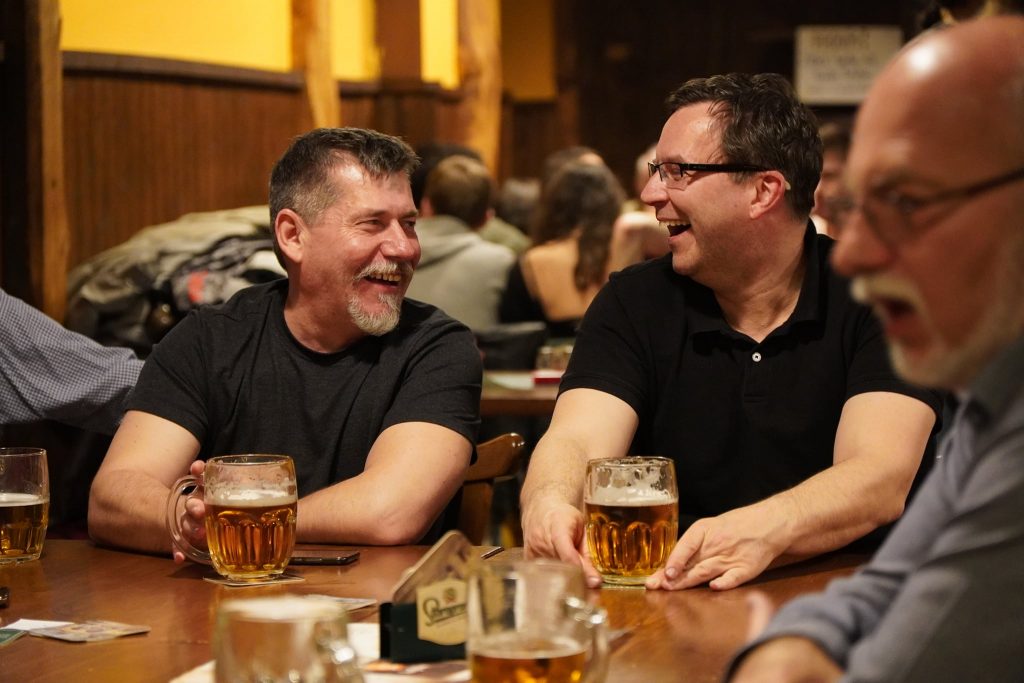
Éva Szável and Csaba Belák moved to Prague in 1989 as university students. They met and started their family here, and only 18 years later moved to Solymár, Hungary. As soon as they arrived in Prague as fresh students, their first outing was to the Hradek pub. Since then, they have been members of AED. „I didn’t come to Prague because I wanted to learn Czech, but because I knew that AED was here. Right from the first week, the seniors approached us and took us everywhere,“ recalls Éva.
Decades later, students coming to Prague still have similar experiences. Current Vice President of AED, Krisztina Marics, has been studying arts management at Prague’s University of Economics and Business since September 2021: „from the first day, everyone has been extremely welcoming and helpful. Everyone at AED really tries to make you feel at home. Amongst other things, I met a lot of people from different parts of Slovakia, so not only my friend circle broadened but also my world view.“
Csaba Belák was president of AED from 1989 to 1991, and he says the student circle has always been considered the ‚intellectual elite‘ by Slovak clubs. This is probably due to the quality of Czech universities, the fact of studying in a capital city far from home, moreover the strong community of AED has always set them apart.
Csaba says that the other clubs in Slovakia have a completely different life as students go home at weekends, so they have a harder time building a community. „Unlike them, we were together a lot since we rarely went home. AED became our family instead of a family and it’s still a very strong bond.“
A long history with several tribulations
The day after a long evening rich in Czech beer and nostalgia, alumni headed to the Liszt Institute in Prague, where they were able to admire an exhibition summarising the past years of AED, and attended a lecture of Szabolcs Czáboczky, a young history PhD student, on AED’s cultural activities from its foundation to the fall of communism.
Currently, more than 8000 Hungarians from mainly southern Slovakia live in the Czech Republic. The presence of Hungarians in the Czech Republic dates back to the time of the first Czechoslovak Republic, when Hungarian intellectuals emigrated mostly from Transcarpathia and Slovakia.
Between the two world wars, Hungarian students in Prague gathered under the scout movement, with the St. George’s Circle being their first grouping. The primary aim of the scouts was to get to know the Hungarians of the Highlands, to make as many writings and records as possible about their own people. During the Second World War and the years that followed, organised student life became almost impossible because of the communist regime, which tried to concentrate everything into one organisation.
The Hungarian student circle really took shape in the political climate of the 1950s, by which time it was allowed to organise Hungarian student groups. The Ady Endre Student Circle was founded in 1957 by Levente Varga and József Reiter when they wanted to broaden their Hungarian friend circle as second-year university students. To this end, they visited dormitories in Prague and searched in their registers for Hungarian sounding names, which they then contacted.
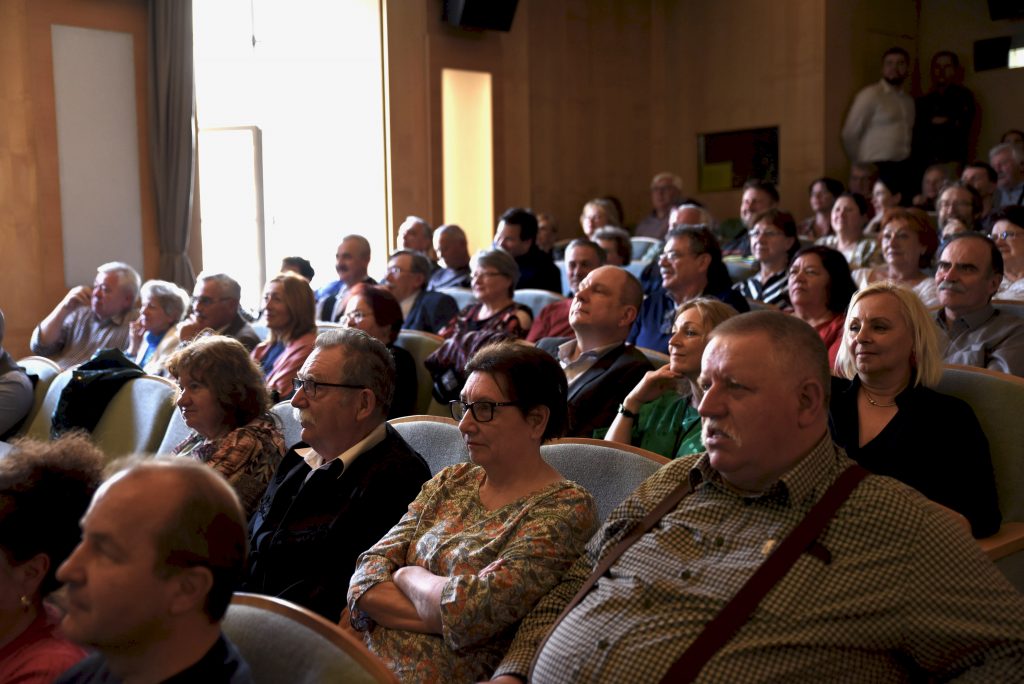
Right after AED’s prototype was created, the Hungarian club movement in Czechoslovakia exploded in the 1960s. By the end of 1969, a total of 219 Hungarian clubs were operating in Czechoslovakia, including the JAIK student club in Bratislava and the Újnemzedék Ifjúsági Klub in Kosice. However, this changed in the 1970s, and Hungarian students were forced to withdraw from public life. Several clubs ceased to exist, however, AED continued to function.
Although the change of regime was unexpected in the 80s, this defining moment for Europe was also important for Hungarian student organisations in the Czech Republic. Csaba Belák remembers well that AED students were actively involved in the Prague Velvet Revolution. As it became possible to register a civil association after 1989, AED was officially registered under his presidency in the spring of 1990, as until then the organisation was still on the verge of legality.
It was during this period of time that the CSMMSZ (Association of Hungarians in Czech Republic) was founded, the largest national organisation of the Hungarian community in the Czech Republic. 1991 was marked by the establishment of the Diákhálózat (Student Network), a cultural and advocacy organisation of Hungarian students from Slovakia which includes Hungarian student clubs in Slovakia, the Czech Republic and Hungary.

The student circle today
Szabolcs Czáboczki concluded that AED’s role is to create a space and a friendly community where Hungarian students can speak in their mother tongue and participate in Hungarian cultural programmes.
Krisztina Marics agrees with this idea: „I would feel much more lost in Prague without AED. This is the environment that makes me feel at home. It’s much more important to cultivate Hungarian culture here than in Slovakia, where it’s more given.“
AED organises cultural events throughout the year, starting with the Gimes Culture and Freshers‘ Camp for new students in August, the Freshers‘ Ball in autumn, the Santa Claus Ball at Christmas, and the three-day March Amusements in the spring, which has been the most well-known event of the student organisation since the 1990s.
Although the circle’s activities have almost ceased to exist during the last two years due to the spread of the coronavirus and restrictions in the Czech Republic, AED had to adapt to the situation: they organised online lectures and beer drinking nights, which helped them to maintain student life and establish contact with other organisations, even though only virtually.
Once the restrictions were relaxed in September 2021, they were able to organise larger-scale events again, such as the March Amusements and this year’s Grand Reunion and will end the academic year with a pub crawl. Currently, the student circle counts 70 members and a dozen students who are actively involved in the organisation of the programmes.
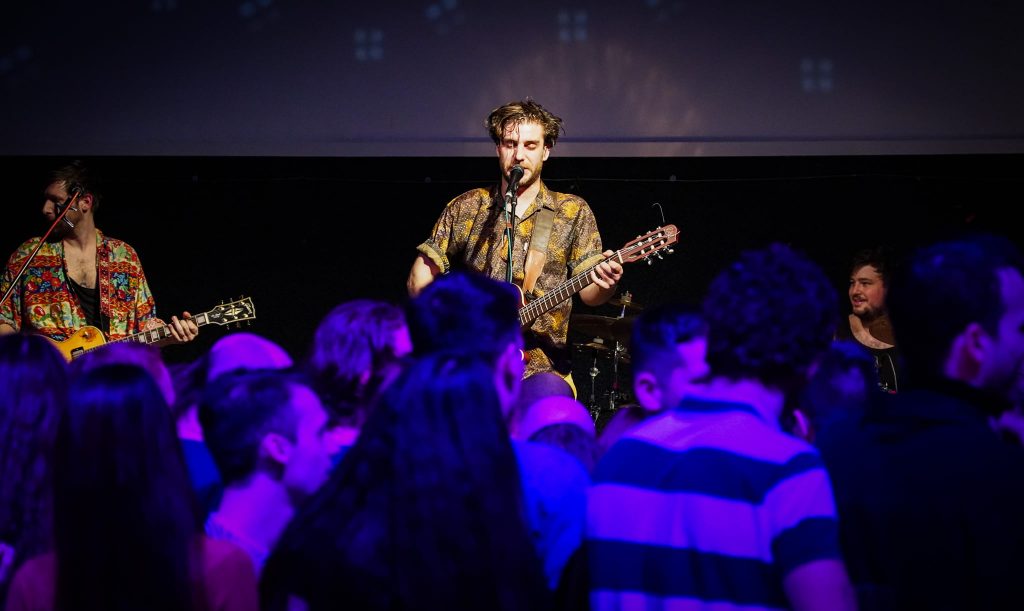
Ending the event, but not the experience
The final evening of the 65th anniversary of AED was held in the Staropramen Brewery’s banquet hall. The magnificent decoration and long white tables reflected the importance and class of the event. During the closing night, the room was buzzing with more than 280 people, including alumni and current students, as well as the organisers and performers. Many could only find a standing place while they waited patiently for the highlight of the evening: a performance by the Nyitnikék folk dance group.
The dance group and its founder, Miklós Kozsár, received an official award from the Prague City Hall on Friday for their 47 years of cultural activity in the Czech Republic. The Nyitnikék is a folk dance group of Hungarian students studying in Prague, founded under the auspices of the AED during the winter of 1975.
Although the ensemble was maintained and run by the Czech Technical University, over the years they have mostly danced Highland material. They have toured Hungary and the Hungarian-inhabited areas of the Highlands. Their biggest successes include winning the second place at the 1977 Zselíz National Folk Festival, the first place in ’78, and their performance representing the Czech Technical University in Tashkent, Uzbekistan.
AED and the Nyitnikék have always had a close relationship. The dance group regularly performed at AED’s meetings, events and club nights, and the student circle was able to maintain its activities through the Nyitnikék when they were not yet legalised, for example by renting rooms. The group was often disbanded due to the departure of members, but was re-established in 2003 under the leadership of Katalin Bakó and has been active ever since.
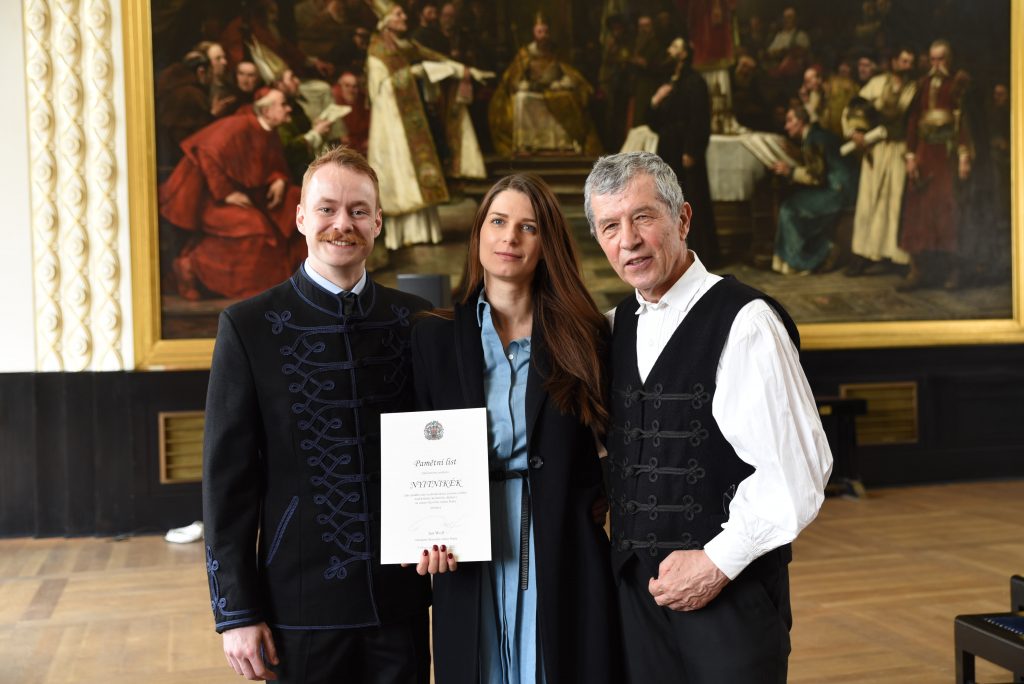
Krisztina says that the Grand Reunion was a success, but she is also looking forward to being an alumna herself. „It was a great feeling to witness the generations come together. It’s nice to see people coming back with such joy and see how much they have experienced in Prague. I think for the older generation it’s like a nostalgia trip.“
The Ady Endre Student Circle is the oldest student circle of the Student Network. According to Éva Szável, its 65th anniversary only proves its timelessness: „The feeling of being a Prague student never goes away. I was and always will be, and in a way, this keeps you young a little.“
Foto: Maja Markus
Příspěvek vznikl v rámci kurzu Foreign Correspondence pod vedením doc. PhDr. Alice Němcové Tejkalové a Ph.D. Mgr. Veroniky Mackové, Ph.D.

